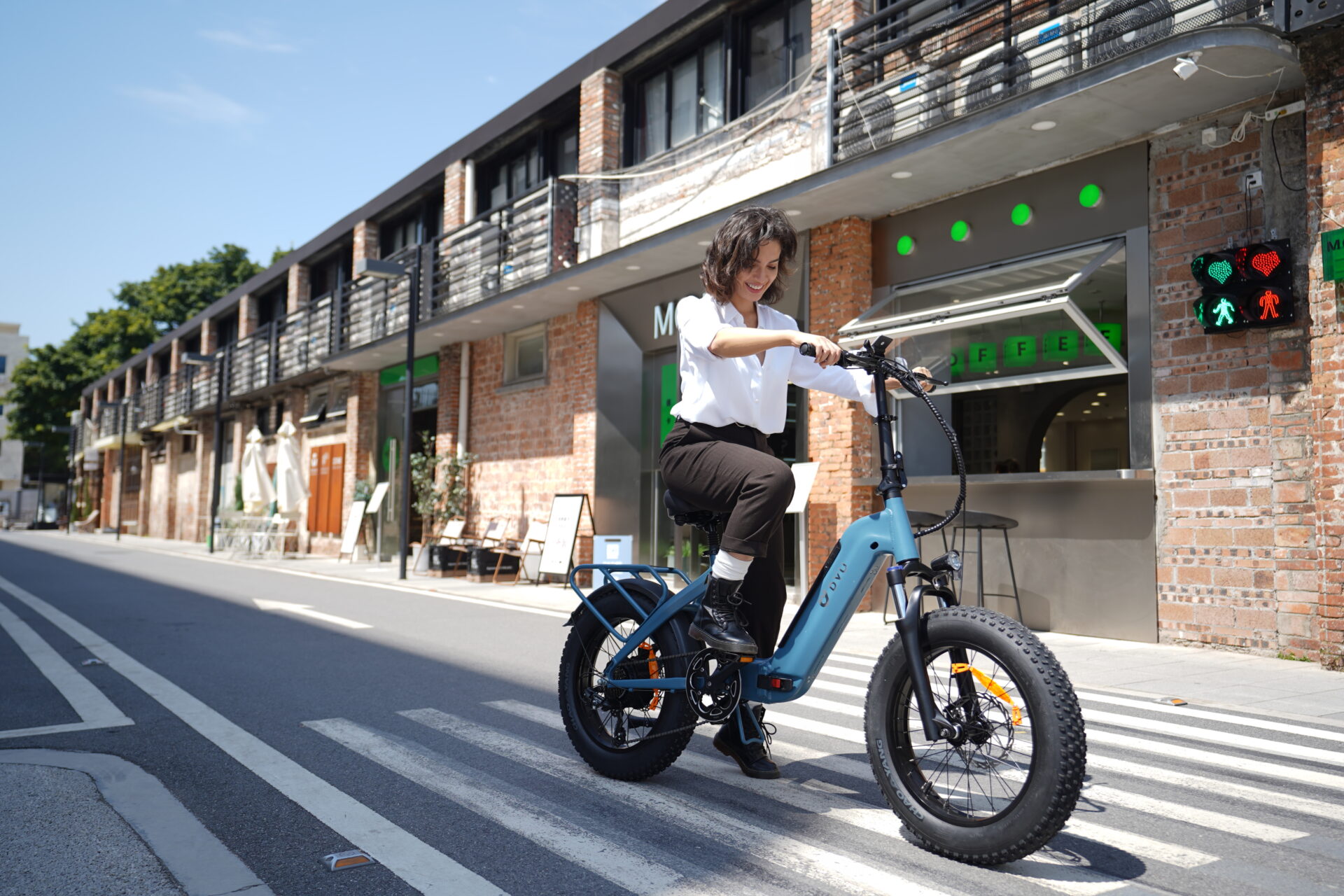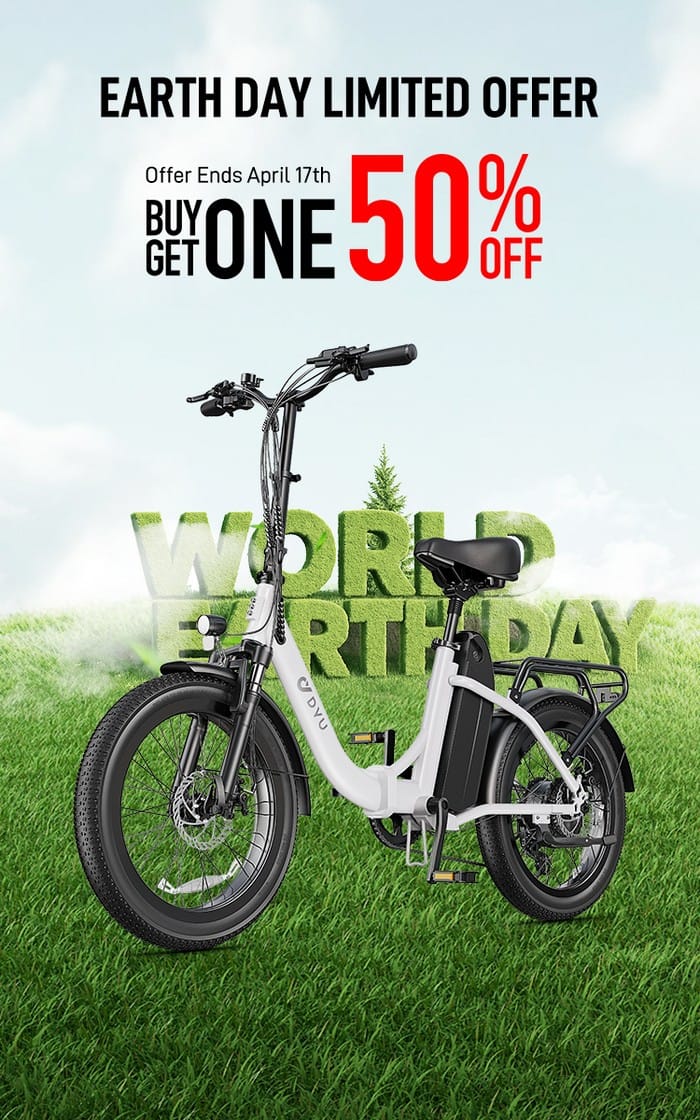Ebikes
How to Triple Your E-Bike’s Battery Life Without Spending a Dime
When I first started using an electric bike, I assumed the battery would easily last for every ride I planned. But a few steep hills and cold mornings later, I realised something important: the way I ride, store, and treat my e-bike battery makes a much bigger difference than I thought. The good news? You don’t need to buy expensive gadgets or accessories to significantly improve battery performance. In fact, with a few small changes in daily habits, you can extend the life and range of your e-bike battery dramatically — sometimes even by three times.
Here’s what I’ve learned from experience, supported by practical tips that you can start applying right away.
Why Your E-Bike Battery Doesn’t Last as Long as It Should
When people ask why their e-bike battery seems to drain too quickly, the answer is often simple: they are unknowingly doing things that waste energy. Underinflated tyres, poor charging habits, or always riding in the highest pedal-assist mode can eat away at your range and wear down the battery prematurely.
And it’s not just about one single ride — it’s about battery health over many months and years. Lithium-ion batteries, which are used in most modern electric bikes, degrade gradually depending on how they’re charged, stored, and used. So if your e-bike originally claimed “40 km per charge” when new, careless habits could reduce that to only 20–25 km within a year.
For a breakdown of how e-bike batteries actually work, check out this detailed explainer from BikeRadar.
The Top 5 Habits I Use to Extend My E-Bike’s Battery Life

Over time, I’ve developed a few simple but powerful habits that keep my battery going strong. These practices don’t require fancy upgrades or any special tools. They are completely free yet make a huge difference in real-world performance.
1. Keep Your Tyres Properly Inflated
Soft tyres create unnecessary rolling resistance, forcing the motor to work harder and drain the battery faster. I now check my tyre pressure every week, especially before longer rides. Properly inflated tyres not only save battery life but also make the ride smoother, safer, and more enjoyable.
2. Start Gently — Don’t Always Use Full Throttle
If your e-bike has a throttle mode, it can be tempting to zoom off at full power from traffic lights. But sudden maximum bursts from a standstill quickly drain energy. Instead, I ease into rides by pedalling a little before letting the motor kick in. This small adjustment greatly extends range and reduces stress on the motor.
3. Use Pedal Assist Wisely
Rather than riding in the highest assist mode all the time, I switch to lower modes on flat roads or when cruising. On hills, I increase the assist level only when it’s truly needed. This balanced approach has allowed me to squeeze many extra miles out of every single charge.
4. Don’t Overcharge or Deep Drain
Letting your battery drain to 0% or constantly charging it to 100% isn’t healthy for long-term use. Instead, I try to keep my battery between 20% and 80% most of the time. This habit has kept my battery performance strong after more than a year of daily commuting.
Here’s a useful guide on how to charge your e-bike battery properly.
5. Park in the Shade
Heat is one of the biggest enemies of lithium-ion batteries. If I must leave my e-bike outdoors, I always try to find a shaded spot — especially during summer. Keeping the battery cool while parked helps slow down wear and tear inside the cells, ensuring longer overall lifespan.
How to Store and Charge Your Battery the Right Way
Taking care of your e-bike battery at home is just as important as how you use it on the road. Small routines can go a long way in maintaining performance:
- Charge indoors when possible, and avoid leaving the battery plugged in overnight unnecessarily.
- If you won’t be riding for a while (such as during winter), store the battery at around 50–60% charge in a dry, cool place.
- Avoid fast charging unless absolutely necessary. Slow, steady charging is much gentler on the battery cells.
Many riders ask whether it’s okay to leave the battery on the bike while charging. The answer depends on your e-bike model. Generally, if both the bike and battery are kept indoors, it’s fine. But always check your manufacturer’s instructions for confirmation.
For more detailed advice, the E-Bike Tips UK guide to battery maintenance is an excellent and reliable resource.
Choosing the Right E-Bike for Your Riding Style Can Save Your Battery

Not all electric bikes are built the same. Picking the right model for your personal needs can make your rides smoother, easier, and less draining on the battery.
Here’s a comparison table I wish I had seen when I was buying my first e-bike:
| E-Bike Type | Best For | Typical Battery Range | Motor Strength | Pros | Cons |
|---|---|---|---|---|---|
| Folding E-Bike | City commuters, small flats | 25–50 km | 250W–350W | Compact, lightweight, portable | Less stable, smaller wheels |
| City E-Bike | Flat urban roads | 40–70 km | 250W | Comfortable, affordable | Not ideal for hills |
| Hybrid E-Bike | Mixed terrain | 50–80 km | 250W–500W | Versatile, great for commuting | Heavier, mid-range price |
| Mountain E-Bike | Off-road trails, steep hills | 60–100+ km | 500W+ | Powerful motor, advanced suspension | Expensive, bulky frame |
For example, I recently tested the DYU D3F 14-Inch Mini Folding Electric Bike, which is a great match for short commutes and small living spaces. With its 250W motor and compact folding frame, it’s perfect for city riders who want something portable yet efficient. Its modest range of about 25 miles is ideal for daily errands or quick trips around town.
When buying an e-bike, ask yourself these key questions:
- How far do I usually ride each day?
- Do I need to carry the bike indoors or on public transport?
- Is my route mostly flat, or does it include steep hills?
Matching the bike to your lifestyle habits reduces strain on the battery and ensures a better overall riding experience.
BUY DYU D3FWhat I Learned From Overusing My First Battery — and How You Can Avoid It
Like many new e-bike owners, I made all the common mistakes with my first battery: riding constantly in turbo mode, charging it to 100% every single night, and expecting it to perform like new forever. Within just six months, I noticed my range had dropped significantly. After a year, I was only getting about half of the original distance.
Since then, I’ve changed my mindset. Now I treat my battery as a long-term companion rather than just a disposable power source. It’s about efficiency, not just convenience. By making small adjustments, I’ve been able to stabilise performance and enjoy reliable rides without replacing the battery prematurely.
If you’re just starting with e-bikes, don’t worry if you’ve already made some of these mistakes. The good news is that you can often recover battery health by adopting better habits starting today. You don’t need expensive gear or apps — just awareness and care.
Final Thoughts & What You Can Do Today

If you want to get more from your e-bike battery without spending extra money, remember this: it’s all about how you ride, charge, and store it. These changes may seem small, but together they add up to significant gains — not just in range, but in long-term battery life too.
Here’s a quick recap of what you can do today:
- Check and maintain your tyre pressure regularly.
- Use pedal assist modes strategically rather than maxing out power.
- Avoid deep discharges and constant full charges.
- Choose an e-bike model that truly fits your riding habits.
- Store and charge your battery with care.
If you’re just getting started, I recommend browsing the VoltBike UK store, which offers well-reviewed urban models and beginner-friendly options.
Need more guidance? The Cycling UK Electric Bike Hub provides excellent free resources for UK riders.
Ready to ride smarter and go further? Start by adopting just one or two of these habits today. Your battery — and your wallet — will thank you in the long run.
FAQ
1. How can I make my e-bike battery last longer?
Keep your tyres inflated, use lower pedal assist modes when possible, avoid full-throttle starts, and keep your charge between 20%–80%.
2. Is it bad to charge my e-bike battery to 100% every time?
Yes. Regularly charging to 100% can shorten long-term battery life. Instead, aim for 80–90% for daily use.
3. Can I leave my battery on the bike while charging?
Usually yes, as long as the bike is stored indoors. But always follow your specific e-bike manual’s recommendations.
4. What’s the best way to store my battery if I’m not riding for a while?
Store it in a cool, dry place at around 50–60% charge. Avoid extreme heat or freezing temperatures.
5. What kind of e-bike is best for short city commutes?
A lightweight folding e-bike, such as the DYU D3F, is perfect for city life — compact, portable, and efficient for short trips.

























































Really helpful tips—kept it practical without overselling. I started charging after every ride and pumping up the tyres each week, and it’s definitely made a difference on longer commutes. Thanks for the solid advice!
Really appreciated the practical tips here—especially the idea of charging between 20–80% and avoiding overnight charging. Makes total sense and I can test it on my commute.
Thanks for the feedback! That charging habit is one of the most effective free ways to prolong battery health. Let us know how it works for you over a few weeks 😊
Good advice that’s easy to follow. I didn’t realise small habits like storage temperature could impact battery life so much. Worth trying these tips for sure.